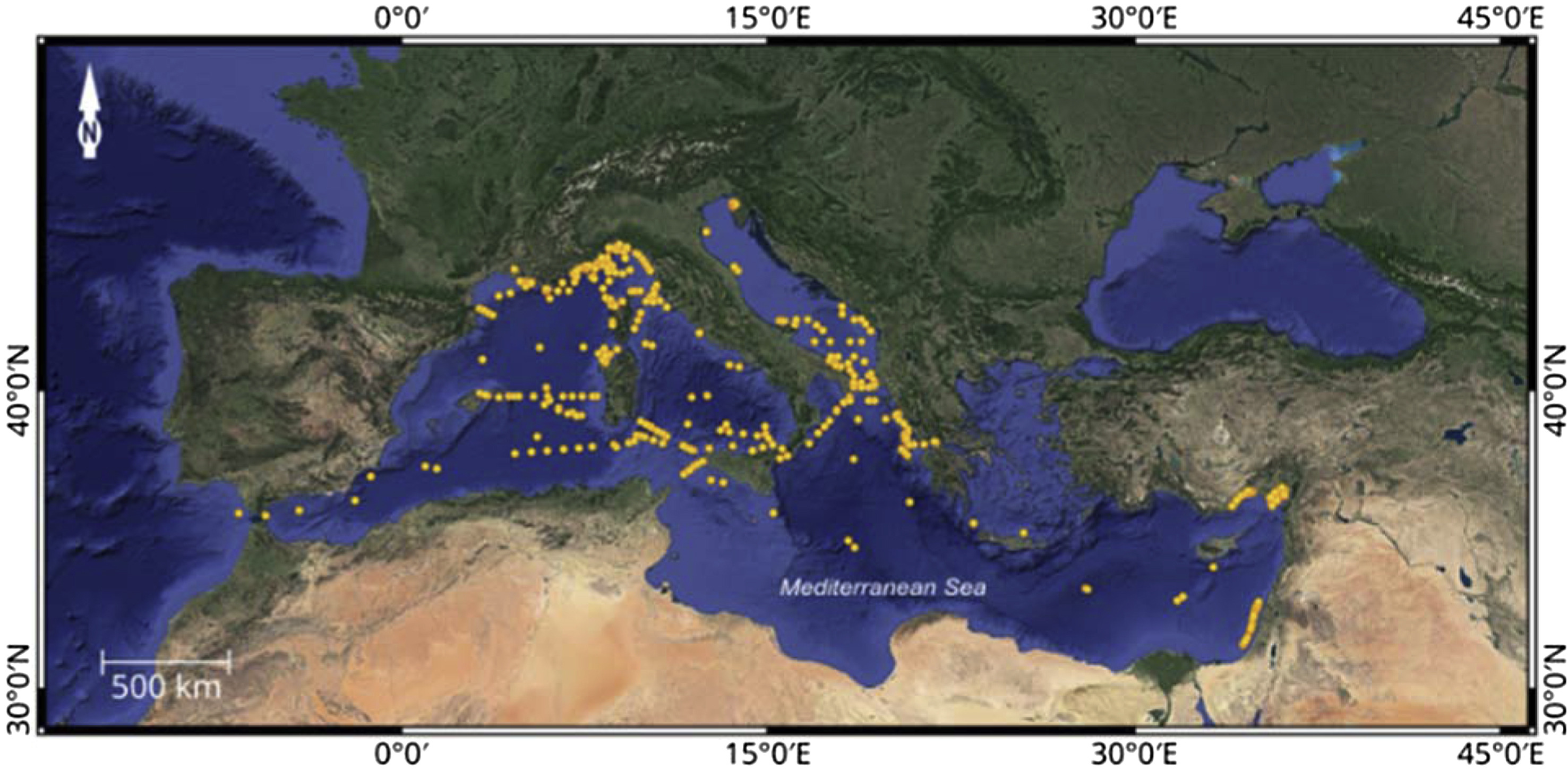Sea level change, predominantly characterized by rising sea levels due to global warming, presents a multifaceted challenge that intersects with various United Nations Sustainable Development Goals (SDGs). Primarily, it aligns with SDG 13 (Climate Action), as sea level rise is a direct consequence of anthropogenic climate change resulting from increased greenhouse gas emissions. It underscores the urgency of mitigating climate change and implementing adaptive measures. Rising sea levels also impact SDG 14 (Life Below Water) by altering marine ecosystems, threatening biodiversity and the health of our oceans. Furthermore, it holds significant implications for SDG 11 (Sustainable Cities and Communities) and SDG 15 (Life on Land), as sea level rise can result in coastal erosion, increased flooding, and loss of land, disrupting human settlements and terrestrial ecosystems. Additionally, the associated displacement and resource scarcity can exacerbate social inequalities, intersecting with SDG 10 (Reduced Inequalities) and SDG 1 (No Poverty). Therefore, addressing sea level change is critical for the progress towards sustainable development.
Holocene Palaeoenvironmental change at the mouth of Sabarmati River, Gulf of Khambhat, Western India
Quaternary Environments and Humans, Volume 2, Issue 5, October 2024, 100016
The study demonstrates that natural levee evolution in the central Kanto Plain is controlled by river migration and sea-level fluctuations, which are influenced by climate change, providing insights that can inform climate action.
The Physical Oceanography of the Arctic Mediterranean Sea, Exploration, Observations, Interpretations, 2022, Pages 433-477
Sea-level rise poses a significant threat to Small Island Developing States (SIDS) due to the concentration of people, assets, and infrastructure in coastal zones. This review assesses literature on key emerging topics in sea level rise including: the lasting impact of near-term mitigation on long-term sea-level rise; new global coastal vertical elevation data and their impact on existing sea-level rise projections; and the interaction of sea-level rise with other hazards, including salinization, tropical cyclones and extreme precipitation.
Sea level rise and land subsidence — induced flooding are projected to have severe impacts on highly populated Asian deltaic cities. These cities are already suffering from frequent floods, though few comparative analyses have been conducted on the similarities and differences of their adaptation approaches. Thus, this study aims to investigate the current adaptation pathways of Asian deltaic cities to flooding induced by slow onset events such as urbanization-induced land subsidence and sea level rise, by looking at Tokyo, Jakarta, Manila, and Ho Chi Minh City as case studies.
As sea level rise drives saltwater farther inland, drinking water supplies of some coastal cities will be contaminated. This paper evaluates how climate change is shifting the location of ‘salt lines,’ the zone where coastal fresh water meets the ocean, and implications for drinking water management. It focuses on changes from climate, as opposed to water overuse or water quality mismanagement, and reviews recent literature along three dimensions. Firstly, the paper reviews regulations on salinity in drinking water.
This review provides insight into the abundance, origin, distribution and composition of MPs in the sea surface and water column of the Mediterranean Sea. Literature data on MP particles on the sea surface showed an evident heterogeneous distribution and composition, with marked geographical differences between Mediterranean sub-basins. A standardized protocol for water sampling, extraction and detection of plastic debris is strongly recommended.

